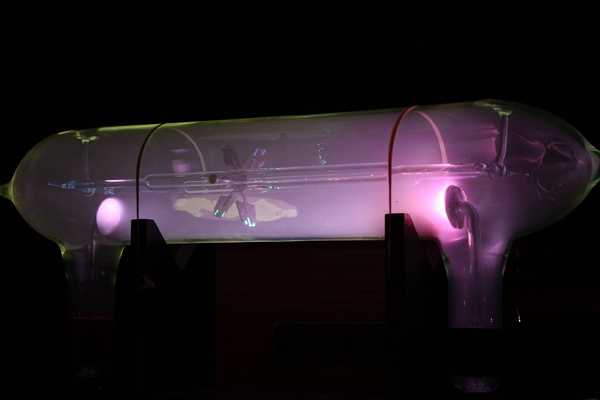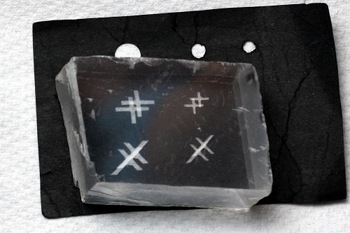Observation of phase changes with corresponding pressure changes.
A two ml. plastic microcentrifuge vial and a small shop vise are used together to melt dry ice.
Wear safety glasses for this demo. The vial can explode, or shoot out of the vice, from the pressure of liquid carbon dioxide. Set up a camera with a close shot of an empty vial before putting in a loaded vial.
Crush a pellet of dry ice to make pieces that fit into the vial. Place a couple of pieces in the vial, and snap the lid closed.
Immediately place the vial horizontally in the jaws of the vice,...
Read more about Solid, Liquid, Gaseous CO2
 ...
...